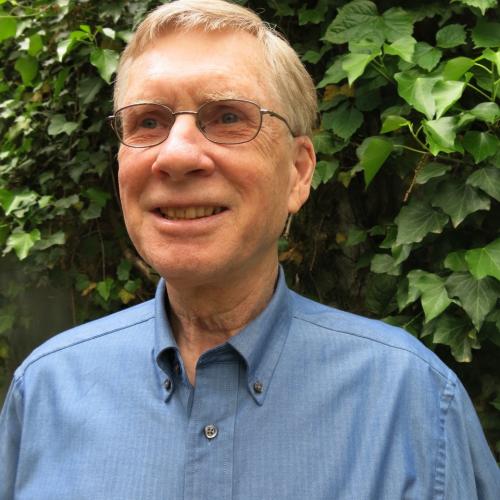Portland pursues the ‘20-minute neighborhood’
The Office of Sustainable Development in Portland, Oregon, has decided that one of the best ways to cut down on greenhouse-gas emissions is by fostering what it calls the “20-minute neighborhood.”
Since 1993, when Portland became the first large city in the US to adopt a plan aimed at preventing global warming, the city has made substantial progress on reducing damage to the environment, at least on a per capita basis. Carbon dioxide emissions in Portland and Multnomah County in 2007 were estimated to be slightly under those in 1990, even though the population grew by approximately 18 percent during that 17-year span. Per capita, emissions have dropped by 16.2 percent since 1990.
The improvement reflects a growing use of light-rail transit, an increase in commuting by bicycle, and the addition of housing and retail in walkable neighborhoods. It also reflects a local energy conservation ethic, the urban growth boundary, a healthy central city, and local political leadership, says Eliot Allen of Criterion Planners in Portland.
“SmartTrips,” a transportation options education and outreach program administered by the Transportation Department, has reduced single-person auto trips by 9 to 12 percent in each of five target areas since 2004, says Denver Igarta in the Portland Department of Transportation.
The city now offers $30 a month in “Bike & Walk Bucks” as an incentive for municipal employees to commute by bike, on foot, or by other nonmotorized means. (Even skates and skateboards qualify.)
Blueprint for American Prosperity, an initiative of Brookings Institution, says that in 2005, the average resident of metropolitan Portland emitted 1.446 tons of carbon through highway transportation and residential energy use. By comparison, the average resident of America’s 100 largest metro areas emitted 2.24 tons — a difference of 35 percent.
Walking to amenities
Now the talk in Portland is about the 20-minute neighborhood, which The Oregonian recently defined as “one where you can walk to essential amenities and services in 20 minutes.” The center of the city already has neighborhoods matching or surpassing that description. In areas such as southeast Portland, however, neighborhoods fall short of that standard. The aim is for Portland to upgrade neighborhoods as part of the city’s comprehensive plan, which is being completely rewritten for the first time since 1980.
Portland’s Local Action Plan on Global Warming calls for “changing the pattern of urban development to be more compact, more bicycle- and pedestrian-friendly, to provide for mixed uses, and to offer a range of mobility choices,” says Chris Dearth, sustainability planning manager in the city’s Planning Bureau. The images on this page and the next show the greenhouse gases emissions of Portland neighborhoods — those that meet the 20-minute standard fare better, especially when looking at transportation.
Twenty-minute neighborhoods will come about in part through redevelopment, infill construction, less parking, more frequent bus service, more light rail, and other transportation improvements, according to Dearth. The city envisions a growing mix of activities on major transit and transportation routes, along with higher residential density near transit routes and commercial centers.
“Greenhouse-gas modeling for various urban planning scenarios” will aid the updating of the comprehensive plan, Dearth says. Criterion Planners has been hired to do the gas modeling for the city and for Metro, the regional government.
Allen says Criterion will be carrying out “a micro-analysis of the pedestrian environment,” including factors such as traffic safety and night-time illumination. The goal of the micro-analysis is to help people understand how places can be altered to make them more walkable, convenient, and comfortably organized. Rewriting the comprehensive plan is expected to take three years.
Michael Armstrong, deputy director of the Office of Sustainable Development, says the city wants to “make it possible for people to live a successful, vibrant life at one-third of the VMT [vehicle miles traveled] of today.”
Among major US cities, Portland has the highest percentage of residents who travel to work mainly by bicycle — 4.4 percent, according to the US Census Bureau’s American Community Survey in 2006. (The City of Portland’s Survey Efforts and Accomplishments Report — a self-selecting, and thus less reliable mail survey conducted by the city auditor in August of each year— put the figure somewhat higher. It found that 6 percent of Portlanders in 2006 used bicycles as their primary means of commuting.)
Igarta says the only city more enthusiastic about bicycles is Boulder, Colorado, where 9.6 percent of residents biked to work in 2006, according to the American Community Survey.




